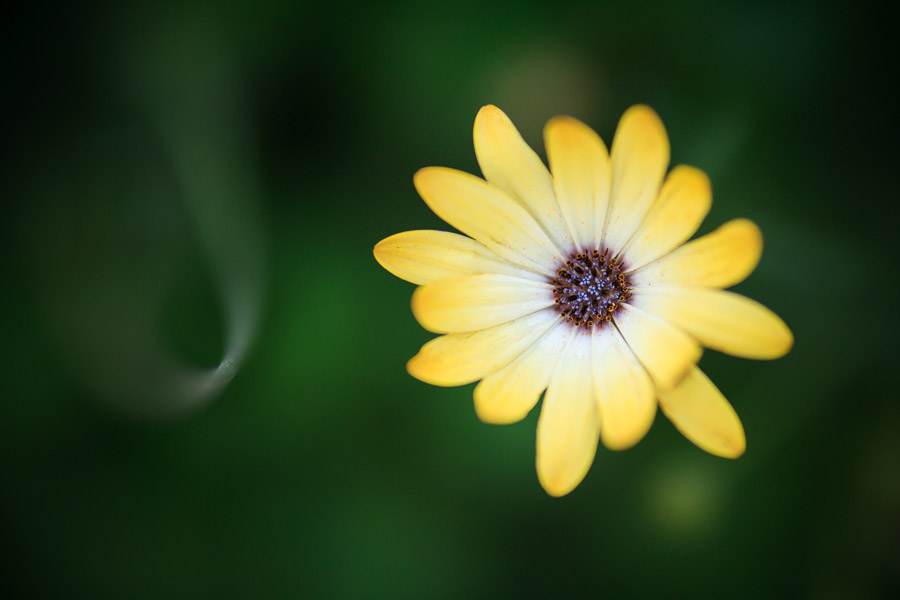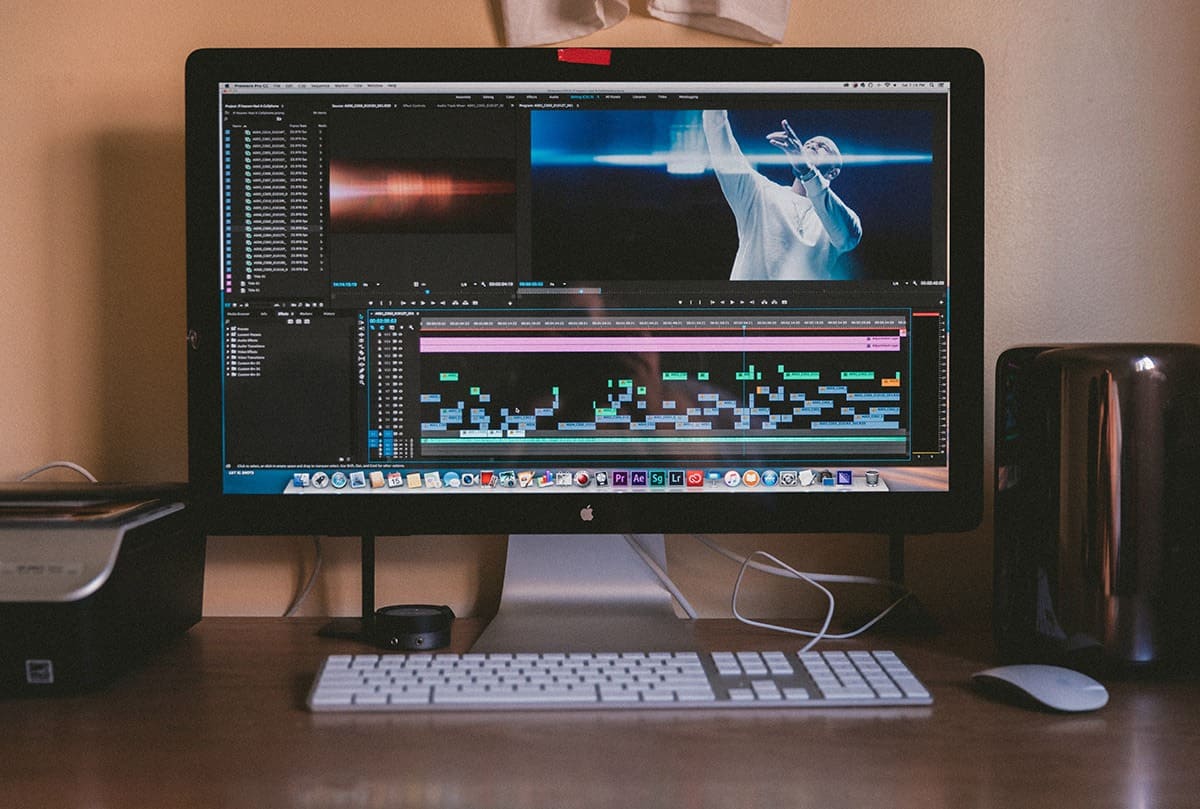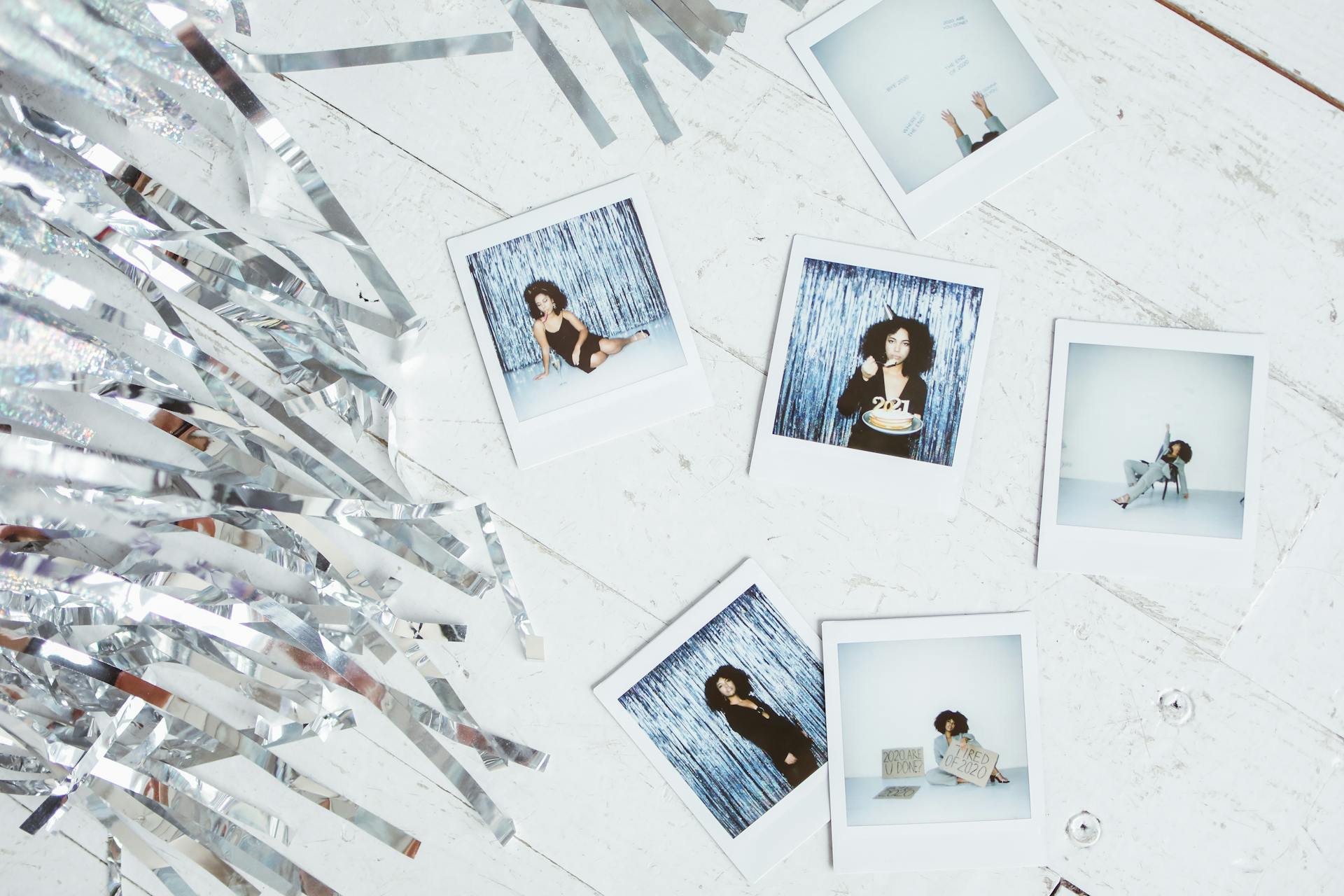The Power of Color in Photography
Color plays a very important role in photography which influences the emotive and aesthetic impression of a photograph. Photographers apply color deliberately in order to create mood, to emphasize and to narrate. Warm colors such as red, orange and yellow are likely to attract the attention and also bring a feeling of excitement or warmth but cool colors such as blue and green are likely to bring calmness and serenity. Knowing the color theory and understanding how colors in the color wheel relate to each other (complementary and analogous colors) can assist photographers to produce a harmonious and striking composition. The right pop of color can attract the attention of the viewer to the subject matter and provide a three-dimensional element to a photograph.
Composition Techniques: Guiding the Viewer’s Eye
The composition determines the way a viewer perceives an image. Such established methods as the rule of thirds, the leading lines, and the framing can assist photographers to balance the elements and lead the eye across the frame. The rule of thirds breaks the picture into a 3×3 grid, and the primary subject should be placed in the middle of the grid line or cross to allow the picture to be in natural balance. Primary lines, like roads, rivers, or buildings, draw the viewer further into the scene and provide a dynamic movement. Symmetry and patterns provide a visual delight and deliberate asymmetry may bring tension and interest. All these methods combined make sure that each detail is in favor of the vision of the photographer.
Combining Color and Composition for Impact

Colour and composition complement each other when they are in unison. Compositional patterns can be highlighted by color contrasts and the other way around. As an illustration, the contrast of warm and cool color may serve to highlight a subject in a balanced frame. Photographers frequently employ dull or black and white color schemes to harmonize an image and bright contrasting colors to vivify an image. By controlling the color temperature via white balance or post processing, the picture can be given a creative control as to the atmosphere of the image, whether it be a warm sunset or a cool winter scene. Play of light, shadow and color saturation enhances the storytelling ability of the photo.
Advanced Color Techniques in Modern Editing
In addition to capture, the contemporary digital tools provide more sophisticated means of refining color and composition. Split toning, in which shadows and highlights are colored differently, can provide a particular tone or aesthetic. Specific colors are emphasized in selective color editing to attract attention or produce surreal images. The post processing software enables the photographers to manipulate the hue, saturation, and luminance separately, refining the aesthetic balance. These methods open up the possibilities of creativity, and a simple photograph is turned into a work of art that evokes some emotions, and color grading is a necessary skill that a contemporary photographer should possess.

Personalizing Your Photographic Vision
Knowledge of the basic principles of color and composition provides photographers with a set of tools to play around and create a personal style. Each scene or subject begs a different treatment- subtle color differences and minimalism are best at other times it is heavy-handed colors and complicated framing. Listening to the play of color and light and spatial composition allows photographers to convert their artistic concepts into images that speak. With the development of digital photography, the art of these principles remains the core of expressing creativity.

